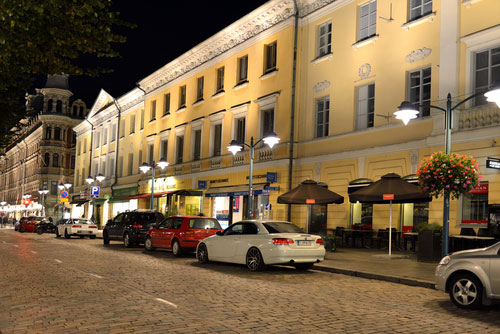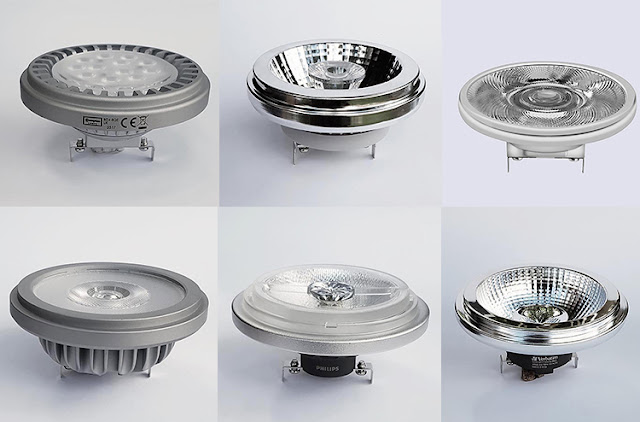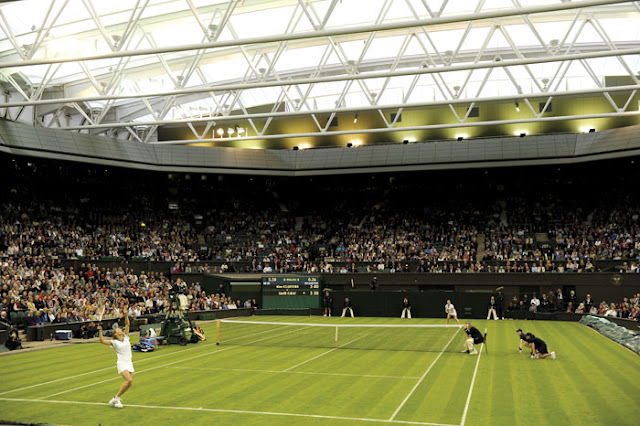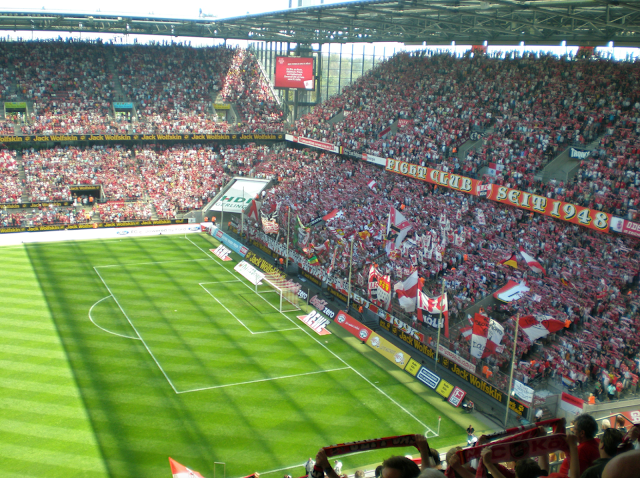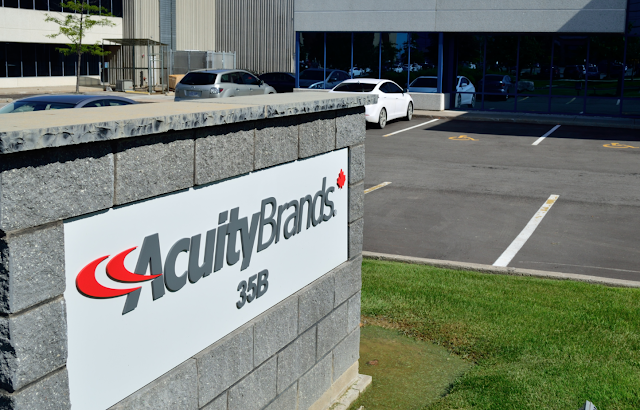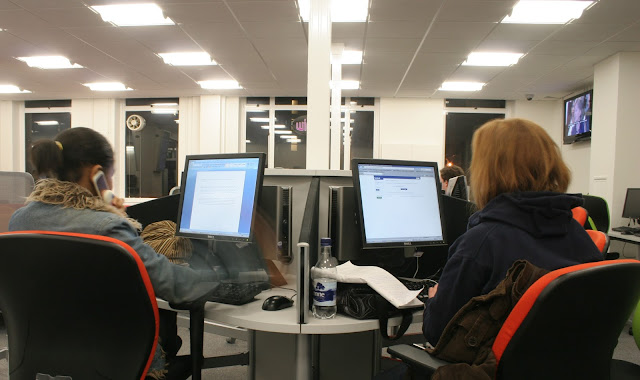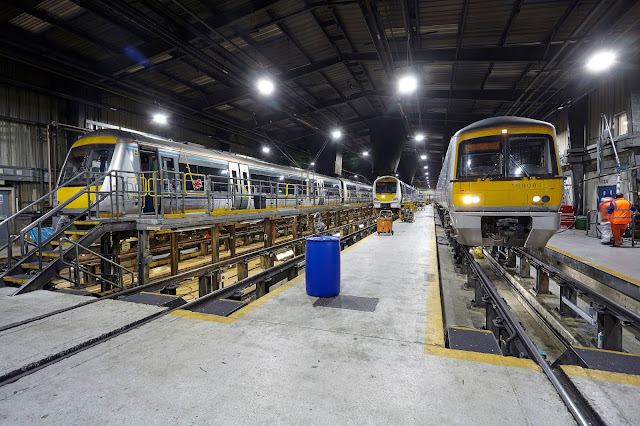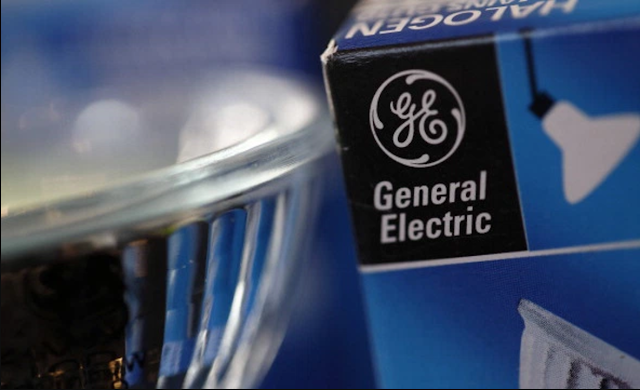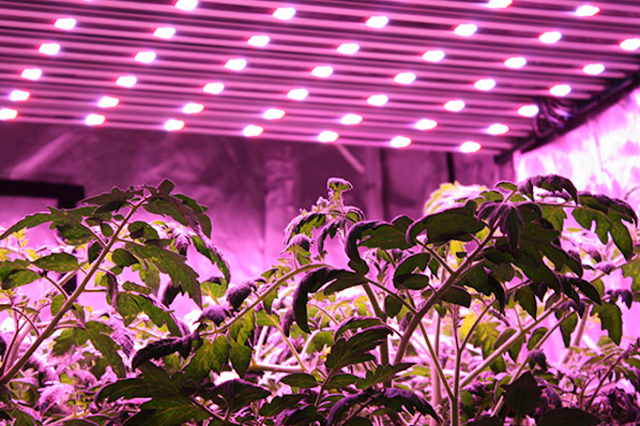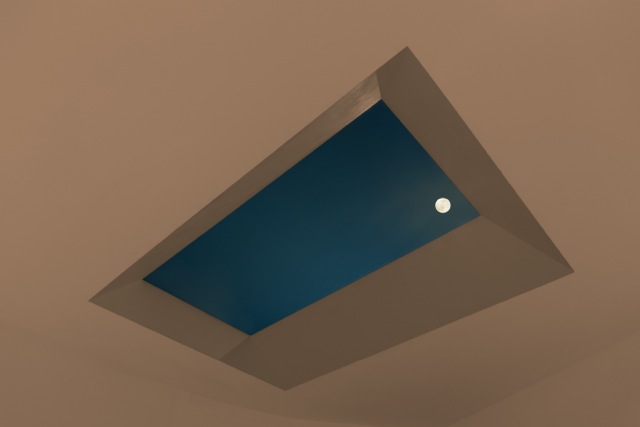Osram LEDVance LED Downlights now in Stock!
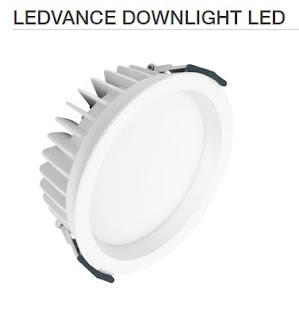
We now have on-shelf stock of new LEDVance LED Downlight from Osram in all 3 outputs: 14W, 25W, and 35W. Product benefits High luminous efficacy Direct replacement for compact fluorescent lamp downlights Energy savings up to 60 % (compared to luminaires that use CFL lamps) Very homogenous light Functional design Easy installation with fast connection External driver for extended flexibility (compatible with selected DALI drivers) Areas of application Direct replacement for luminaires with compact fluorescent lamps General illumination Public areas Stairways Corridors Foyers Shops Product features Diameter of required ceiling cut-out: 150 mm or 200 mm (depending on version) Type of protection: IP20 Visit us at Novel Energy Lighting for the best prices around, or call to discuss project requirements: 0208-540-8287, Email: sales@novelenergylighting.com
